Introduction: Why Surviving a Long Flight in Economy Matters
Enduring a long flight in economy class can test even the most seasoned traveler’s patience and resilience. With limited personal space, unpredictable seatmates, and extended hours in a confined cabin, comfort and well-being become essential priorities. Our goal is to help you arrive at your destination feeling refreshed, organized, and ready to explore, no matter how many time zones you cross.
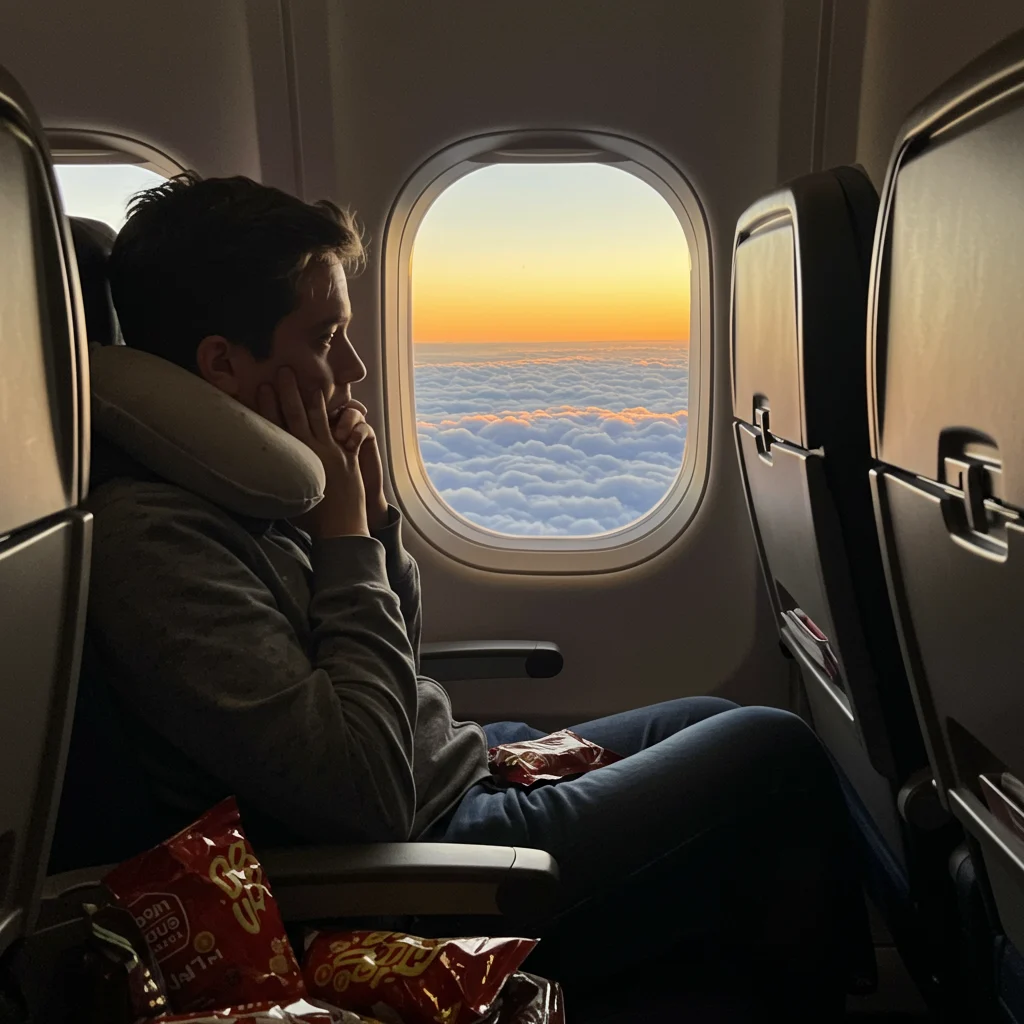
By preparing strategically and making informed choices before and during your journey, you can transform the experience from a dreaded ordeal into a manageable—and even enjoyable—part of your adventure.
What Defines a Long-Haul Flight?
The term long-haul flight typically refers to any journey lasting more than six hours, often spanning continents and oceans. Airlines may classify flights over 3,500 miles or eight hours as long-haul, but the real test comes from the extended time spent in a seat, navigating multiple meals, and adapting to new time zones.

Understanding what constitutes a long-haul flight helps set realistic expectations and allows us to prepare the right strategies for comfort and health during these extended journeys.
Common Challenges Faced in Economy Class
Traveling in economy class presents several hurdles that can impact your comfort and well-being. The most common issues include cramped seating, limited legroom, lack of privacy, and restricted access to amenities compared to premium cabins.
- Noise from fellow passengers and in-flight announcements
- Unpredictable cabin temperatures
- Potential for dehydration and fatigue
- Inconvenient meal schedules and food quality
- Disrupted sleep due to light, noise, or seat discomfort
By anticipating these challenges, we can plan proactive solutions to minimize discomfort and maximize rest.
Pre-Flight Preparation: Setting Yourself Up for Success
Solid pre-flight preparation lays the groundwork for a smoother experience in economy. From choosing the optimal seat to packing the right essentials, small decisions made before you board can make a significant difference once you’re in the air.
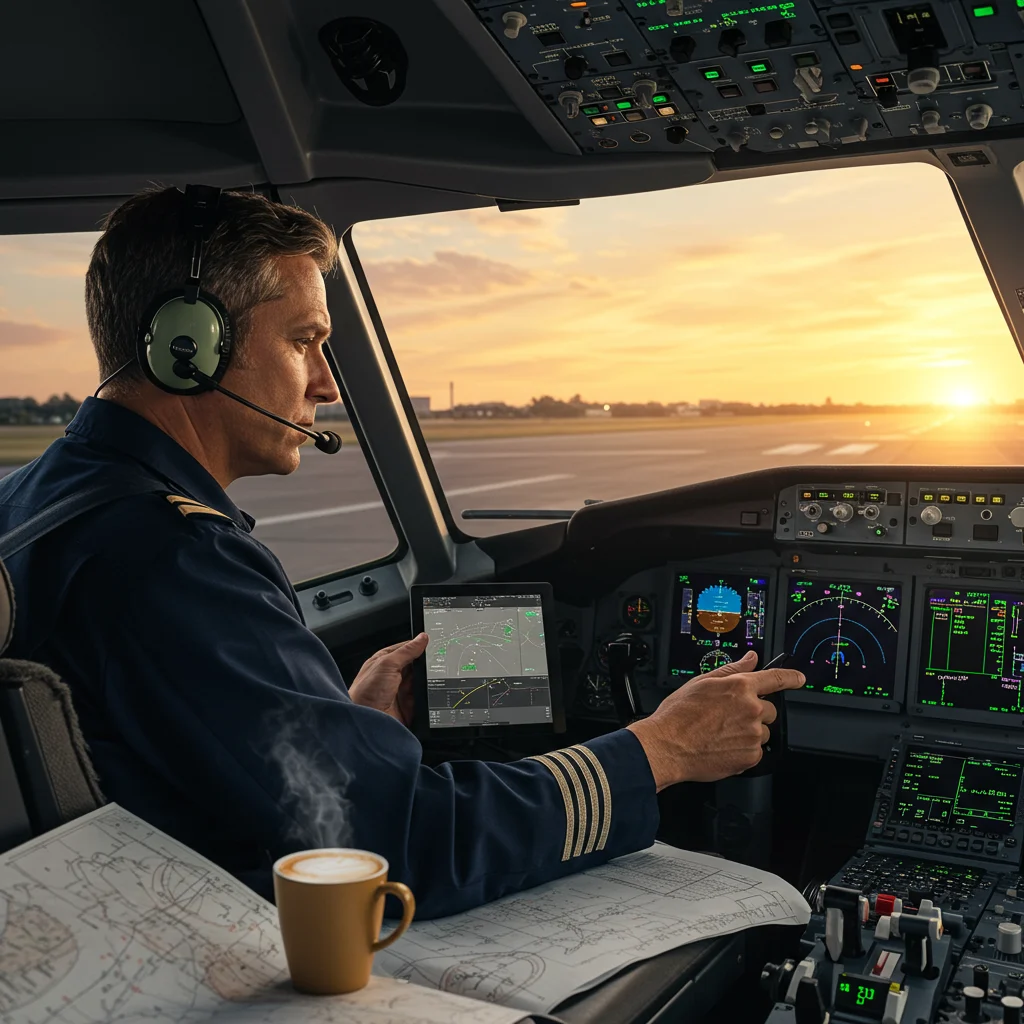
How to Choose the Best Seat in Economy?
Seat selection is one of the most important factors in determining your comfort during a long-haul flight. Not all economy seats are created equal, and thoughtful consideration can spare you hours of discomfort.
Window vs. Aisle vs. Middle: Pros and Cons
Window seats provide a wall to lean against and uninterrupted views, but they limit your ability to move freely. Aisle seats offer easy access to walkways and restrooms, but you may be disturbed by passing passengers. The middle seat is best avoided unless traveling with companions, as it offers the least privacy and space.
Tips for Booking Extra Legroom
Look for exit row or bulkhead seats, which generally provide more space to stretch your legs. Some airlines allow you to reserve these seats for an additional fee, while frequent flyers may access them as a loyalty perk.
Should You Pay for Seat Selection?
If comfort is a priority, paying for seat selection can be worthwhile, especially on flights over eight hours. The investment often pays off in better sleep, easier movement, and a more pleasant overall experience.
What to Pack in Your Carry-On for Maximum Comfort?
A thoughtfully packed carry-on is your lifeline during a long flight. Prioritize items that address comfort, health, entertainment, and security.
Essential Comfort Items
- Neck pillow and compact travel blanket
- Eye mask and noise-canceling headphones or earplugs
- Soft, breathable face mask (if required)
- Compression socks to promote circulation
Must-Have Health and Hygiene Products
- Travel-sized hand sanitizer and disinfectant wipes
- Moisturizing lip balm and lotion
- Toothbrush, toothpaste, and facial wipes
- Prescription medications and a small first aid kit
Tech and Entertainment Gadgets
- Fully charged phone and portable charger
- Tablet or e-reader preloaded with movies, books, or magazines
- Noise-canceling headphones for immersive entertainment
Travel Documents and Security Essentials
- Passport and boarding passes (digital and paper copies)
- Travel insurance details
- Pen for filling out customs forms
- Small pouch for valuables
For more advice on keeping important items secure, our guide to staying organized while traveling offers valuable strategies.
How to Dress for a Long Flight in Economy?
Comfort-focused clothing can make a dramatic difference on a long-haul journey. Choose versatile layers and accessories that help you adapt to fluctuating temperatures and maximize relaxation.
Layering for Changing Cabin Temperatures
Cabin temperatures can swing between chilly and warm. Wear a breathable base layer, a cozy sweater or hoodie, and a light jacket or shawl. This approach allows you to add or remove layers as needed for optimal comfort.
Choosing the Right Footwear
Slip-on shoes or sneakers are ideal for flights. They are easy to remove and put on during security checks and when you want to stretch your feet. Avoid tight shoes, as feet tend to swell during long periods of sitting.
Accessories for Comfort and Sleep
Consider packing compression socks, an eye mask, and a soft scarf that can double as a blanket or pillow. These small touches can significantly improve your ability to rest and stay comfortable in a crowded cabin.
Should You Eat Before Boarding?
Your pre-flight meal can influence how well you feel during the journey. Thoughtful choices support hydration, digestion, and energy levels while minimizing discomfort.
Best Foods to Eat Before a Long Flight
Opt for lean proteins, whole grains, and fresh vegetables. Foods like grilled chicken, brown rice, and steamed greens provide sustained energy without causing bloating or digestive distress.
Foods to Avoid Before Flying
Steer clear of salty, greasy, or heavily processed foods, which can contribute to dehydration and sluggishness. Carbonated drinks and beans may cause bloating due to cabin pressure changes.
Managing Hydration Before Takeoff
Drink plenty of water leading up to your flight, but moderate intake just before boarding to avoid frequent trips to the bathroom. Avoid excessive caffeine and alcohol, as they can dehydrate you before you even leave the ground.
Airport Strategies: Making the Most of Your Time
Efficient navigation of the airport environment helps set a positive tone for your journey. Arriving prepared, making use of available amenities, and keeping active can all contribute to a smoother experience.
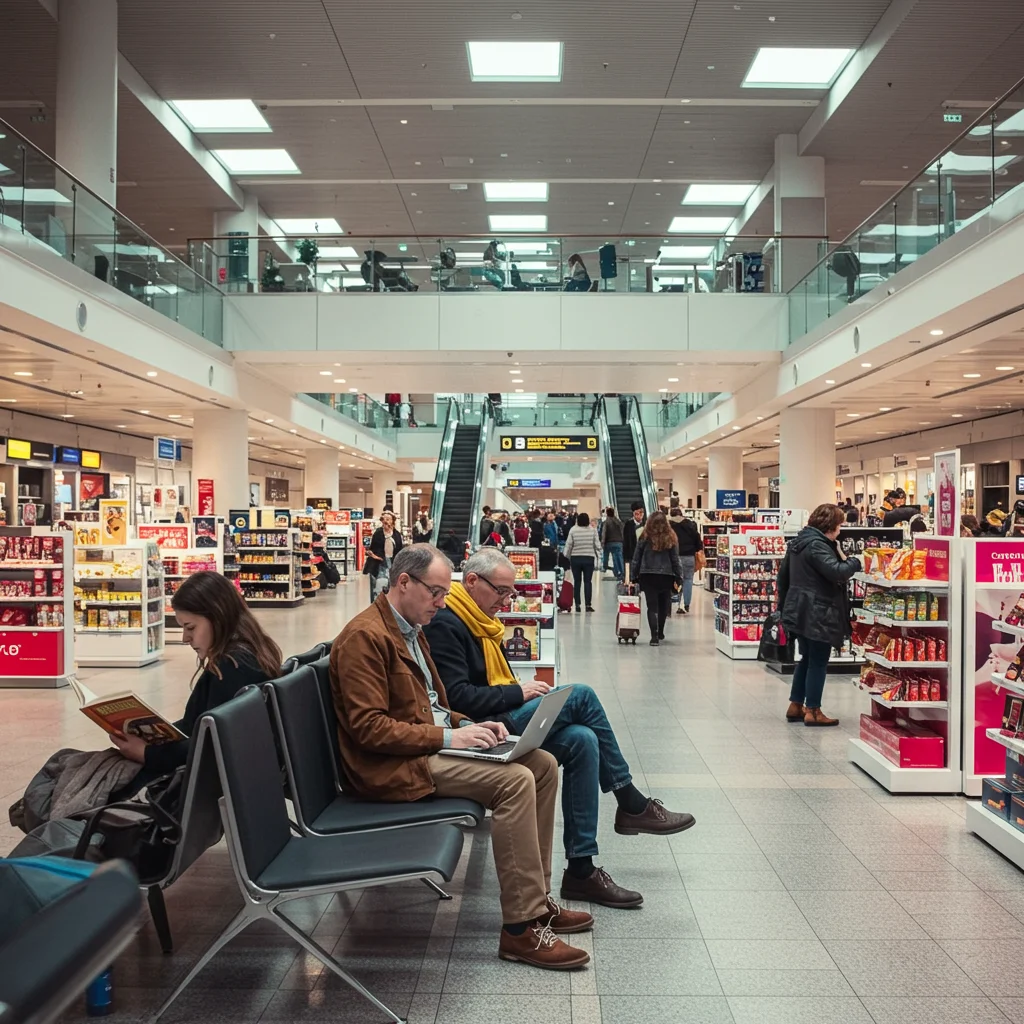
How Early Should You Arrive for a Long-Haul Flight?
For international long-haul flights, we recommend arriving at least three hours before departure. This window accounts for check-in lines, security procedures, and potential delays, while still allowing time to relax or explore the terminal.
Using Airport Lounges on an Economy Ticket
Many travelers are surprised to learn that airport lounges are not just for first or business class. Day passes, credit cards, or loyalty programs can grant access to quiet spaces, comfortable seating, free snacks, and showers—valuable perks before a lengthy flight.
Pre-Flight Exercise and Stretching
Light exercise before boarding can boost circulation and reduce stiffness. Take a brisk walk around the terminal, do calf raises, or stretch your back and legs. These simple movements can help your body cope with the hours ahead.
Boarding Tips: Getting Settled Efficiently
The boarding process is often hectic, but a few simple strategies can help you settle in quickly and claim the space you need for a comfortable journey.

How to Organize Your Seat Area for Easy Access
As soon as you reach your seat, arrange your most-used items within arm’s reach. Store your water bottle, snacks, headphones, and travel pillow in the seat pocket or a small pouch. Keep valuables and travel documents securely tucked away but accessible.
Securing Overhead Bin Space
Board early if possible to guarantee overhead bin space near your seat. Place your bag wheels-first to maximize room for others. If space is tight, ask a flight attendant for assistance rather than forcibly rearranging others’ belongings.
In-Flight Comfort: Making Economy Feel Like First Class
While economy class may lack luxury amenities, you can significantly improve your experience with the right techniques and tools. Prioritizing comfort and rest will help you arrive feeling far more refreshed.

How to Maximize Legroom and Space
Stow bags under the seat only if necessary, and use the space to stretch your legs when possible. Regularly shift your position, flex your ankles, and avoid crossing your legs for long periods to support circulation.
Smart Use of Travel Pillows and Blankets
Invest in a supportive neck pillow and a lightweight, packable blanket. These items offer added comfort and warmth, especially when the cabin becomes cold during night flights.
Tips for Reclining Your Seat Considerately
Recline your seat slowly and check behind you before doing so. Be mindful during meal times or when passengers are using tray tables. A polite glance or gentle communication can go a long way in maintaining a pleasant atmosphere.
How to Sleep Better on a Long Flight?
Securing quality sleep in economy class is challenging, but not impossible. Strategic use of accessories and environment control makes a substantial difference.
Best Sleep Aids and Accessories
- Memory foam neck pillow
- Contoured eye mask
- Noise-canceling headphones or earplugs
- Travel-size blanket or shawl
Managing Light and Noise
Dim your personal reading light and use a sleep mask to block ambient lighting. Noise-canceling headphones or earplugs are invaluable for drowning out cabin noise and crying infants.
Sleep Positions in Economy Class
Rest your head against the window or use a pillow to support your neck. If traveling with a companion, alternate leaning on each other. Elevate your feet slightly, if possible, to reduce swelling.
As experts often say:
“The best way to survive a long flight is to create a cocoon of comfort—block out light, reduce noise, and make your own space, no matter how small.”
What Are the Best Entertainment Options for Long Flights?
Staying entertained is crucial for passing the hours and keeping your mind active. While airlines provide some options, bringing your own content ensures you will have something you truly enjoy.
In-Flight Entertainment Systems: Tips and Tricks
Explore the built-in entertainment system early to identify movies, shows, or games that interest you. Adjust your seat screen’s brightness and use your own headphones for improved sound quality.
Pre-Downloading Movies, Music, and Books
Before departure, download your favorite movies, playlists, podcasts, and e-books onto your device. This guarantees access even if the in-flight Wi-Fi is unreliable or unavailable.
Games and Offline Activities
- Download offline puzzle games or brain teasers
- Pack a small notebook for journaling or sketching
- Bring a deck of cards or travel-sized board games for group entertainment
If you are heading to a destination with a lively atmosphere—such as the bustling Canggu Main Street—a good playlist can set the mood for your arrival.
How to Stay Healthy on a Long Flight?
Health risks increase with time spent in the air, especially when movement is restricted and hydration is a challenge. Proactive habits can help you stay well throughout the journey.
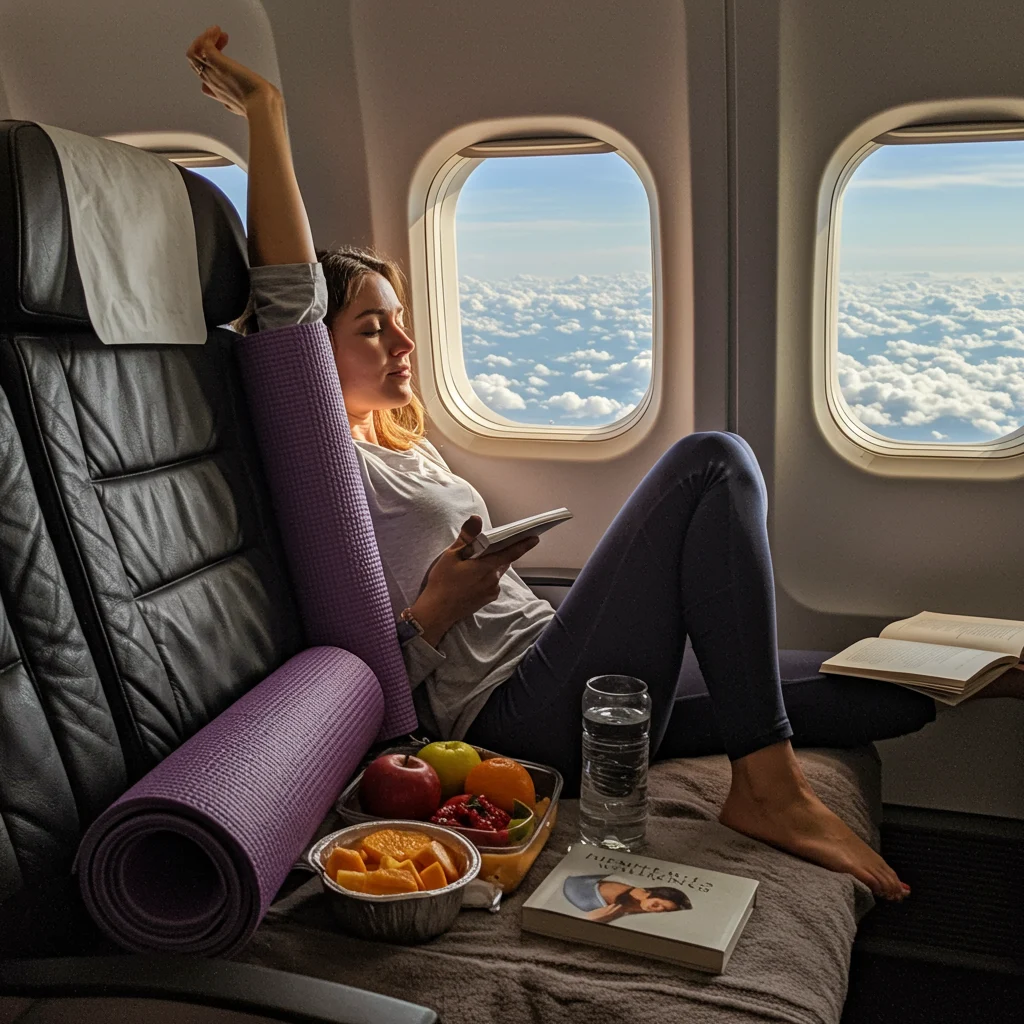
Hydration Strategies During the Flight
Cabin air is extremely dry, which can quickly lead to dehydration. Drink water regularly, even if you do not feel thirsty, and avoid beverages that increase fluid loss.
Best Drinks to Choose and Avoid
- Choose: Water, herbal teas, electrolyte solutions
- Avoid: Alcohol, coffee, and sugary sodas
How Often Should You Drink Water?
Aim to drink at least 250 ml (about one cup) of water every hour. Bring a refillable bottle and ask flight attendants to top it up throughout the flight.
Managing In-Flight Meals and Snacks
Airline meals are often high in sodium and low in fiber. Bringing your own snacks allows you to control what you eat and maintain energy levels.
Should You Bring Your Own Snacks?
We recommend packing a variety of healthy, non-perishable snacks. Nuts, dried fruit, granola bars, and cut vegetables are all easy to pack and eat discreetly.
Healthy Snack Ideas for Long Flights
- Mixed nuts and seeds
- Whole grain crackers with nut butter
- Fresh fruit (apples, grapes, or oranges)
- Protein bars or jerky
Dealing with Special Dietary Needs
Notify your airline of any dietary restrictions at least 48 hours before departure. Always pack backup snacks in case your special meal is unavailable or delayed.
How to Prevent Deep Vein Thrombosis (DVT) and Swelling?
Sitting for long periods can increase the risk of DVT and swelling in the legs. Regular movement and the right accessories can help mitigate this risk.
Recommended In-Seat Exercises
- Ankle circles and toe taps
- Knee lifts and leg stretches
- Shoulder rolls and neck stretches
Compression Socks: Are They Worth It?
Compression socks are highly recommended for long-haul flights. They support circulation and reduce the risk of swelling or clots, especially for travelers with underlying health conditions.
When and How to Walk Around the Cabin
Stand up and walk the aisles every 1–2 hours, unless the seatbelt sign is on. Use bathroom breaks as an opportunity to stretch and move.
Managing Jet Lag: Tips for Arriving Refreshed
Jet lag can disrupt your sleep, mood, and energy levels for days after arrival. Strategic planning before and during your flight can help minimize its impact.

Should You Adjust Your Sleep Schedule Before Flying?
Gradually shift your bedtime closer to your destination’s time zone a few days before departure. Even a one-hour adjustment can ease the transition and reduce fatigue upon arrival.
Using Melatonin and Other Sleep Aids
Melatonin supplements can help reset your internal clock, but consult your doctor before use. Avoid over-the-counter sedatives unless specifically recommended for your situation.
Light Exposure and Time Zone Adjustments
Expose yourself to natural light upon arrival to help your body adjust. If you arrive during the day, spend time outdoors; if you land at night, keep lighting low and try to sleep as soon as possible.
To make the most of your refreshed state, consider booking unique activities or tours through Viator in advance.
Personal Hygiene and Freshening Up at 35,000 Feet
Maintaining personal hygiene during a long flight helps you feel more comfortable and confident. A few simple routines can make a significant difference in how you feel throughout the journey and upon arrival.

How to Stay Fresh During a Long Flight?
Pack a small kit with basic toiletries and use them periodically throughout the flight. Freshening up after meals or before sleeping helps you feel more at ease, especially on overnight journeys.
Toiletry Essentials for Economy Travelers
- Toothbrush and travel-size toothpaste
- Facial cleansing wipes
- Deodorant and dry shampoo
- Moisturizer and lip balm
Tips for Using the Airplane Bathroom
Visit the restroom early in the flight before it becomes crowded. Bring hand sanitizer, as sinks may be out of soap or water. Use disposable seat covers or wipes for extra hygiene.
Skincare Tips for Dry Cabin Air
Apply moisturizer and hydrating lip balm regularly. Avoid makeup that can dry out your skin, and drink water to support hydration from within.
If your journey takes you to tropical destinations, such as those highlighted in our Bali Treehouses guide, staying fresh on arrival becomes especially rewarding.
Staying Organized and Stress-Free in Economy
Organization is key to a smooth journey. Keep your essentials accessible, and have a plan for managing valuables and potential luggage issues.

How to Keep Your Belongings Secure and Accessible?
Use a crossbody bag or money belt for passports, boarding passes, and credit cards. Keep less valuable items in your seat pocket or under the seat for easy access.
Managing Travel Documents and Valuables
Double-check your documents before leaving home. Store digital copies on your phone and in the cloud for backup. Never leave valuables unattended, even when napping.
Dealing with Lost or Delayed Luggage
Pack a change of clothes and essential toiletries in your carry-on in case your checked bag is delayed. Label your luggage clearly with contact information, and keep baggage claim tickets in a safe place.
How to Handle Annoying Passengers and Common In-Flight Issues?
Sharing a confined space with strangers can lead to awkward or frustrating encounters. Diplomacy and preparation are your best tools for maintaining peace and comfort.

Dealing with Crying Babies and Noisy Neighbors
Noise-canceling headphones or earplugs help block disturbances. If a child is restless, a friendly smile or offer of a small toy can sometimes help calm the situation.
How to Politely Handle Seat Recliners and Armrest Wars?
Approach conflicts with courtesy. If a neighbor reclines abruptly, gently ask for a compromise. For armrests, the unspoken rule is that the middle seat occupant gets priority.
Tips for Managing Turbulence Anxiety
Focus on deep, steady breathing and distract yourself with music or movies. Remember that turbulence is rarely dangerous—flight crews are highly trained to handle it safely.
Traveling with Kids: Survival Tips for Parents
Traveling with children adds complexity to long-haul flights, but preparation makes a world of difference. Engaged, comfortable kids help the entire family arrive in good spirits.
How to Entertain Children on Long Flights?
Pack a mix of digital and physical activities: tablets with preloaded movies or games, coloring books, sticker sets, and storybooks. Rotate activities to keep them interested.
Packing Essentials for Kids
- Comfort items (blanket, stuffed animal)
- Spare change of clothes
- Healthy snacks and spill-proof water bottle
- Child-safe headphones
For families seeking a relaxing destination after a challenging flight, our guide to Phu Quoc’s best beach offers inspiration for your next escape.
How to Help Kids Sleep on Planes?
Bring familiar sleep aids, such as a favorite blanket or pillow. Dress children in comfortable layers and encourage them to nap at times that align with the destination’s time zone.
Post-Flight Recovery: What to Do After Landing
After hours in the air, a mindful recovery routine can help you shake off stiffness and fatigue, setting the stage for a successful start at your destination.

How to Rehydrate and Refuel After a Long Flight?
Drink plenty of water and enjoy a light, nutritious meal soon after landing. Fresh fruit, yogurt, and whole grains help restore energy and rehydrate your body after a dehydrating journey.
Stretching and Moving After Sitting for Hours
Take a brisk walk through the airport or perform gentle stretches to relieve muscle tension. Focus on your back, legs, and shoulders to restore circulation and comfort.
Coping with Customs and Immigration Lines
Have your documents ready and be patient with the process. Use the time in line to stretch your legs, check your itinerary, and mentally prepare for the next stage of your trip.
If your travels take you to Australia, you may appreciate our advice on finding the best hotels in Launceston for a restful post-flight recovery.
Frequently Asked Questions About Surviving Long Flights
Q: Can I bring my own food and water on a long-haul flight?
A: Yes, solid snacks are generally allowed, but liquids must comply with security regulations. Bring an empty water bottle to fill after passing through security.
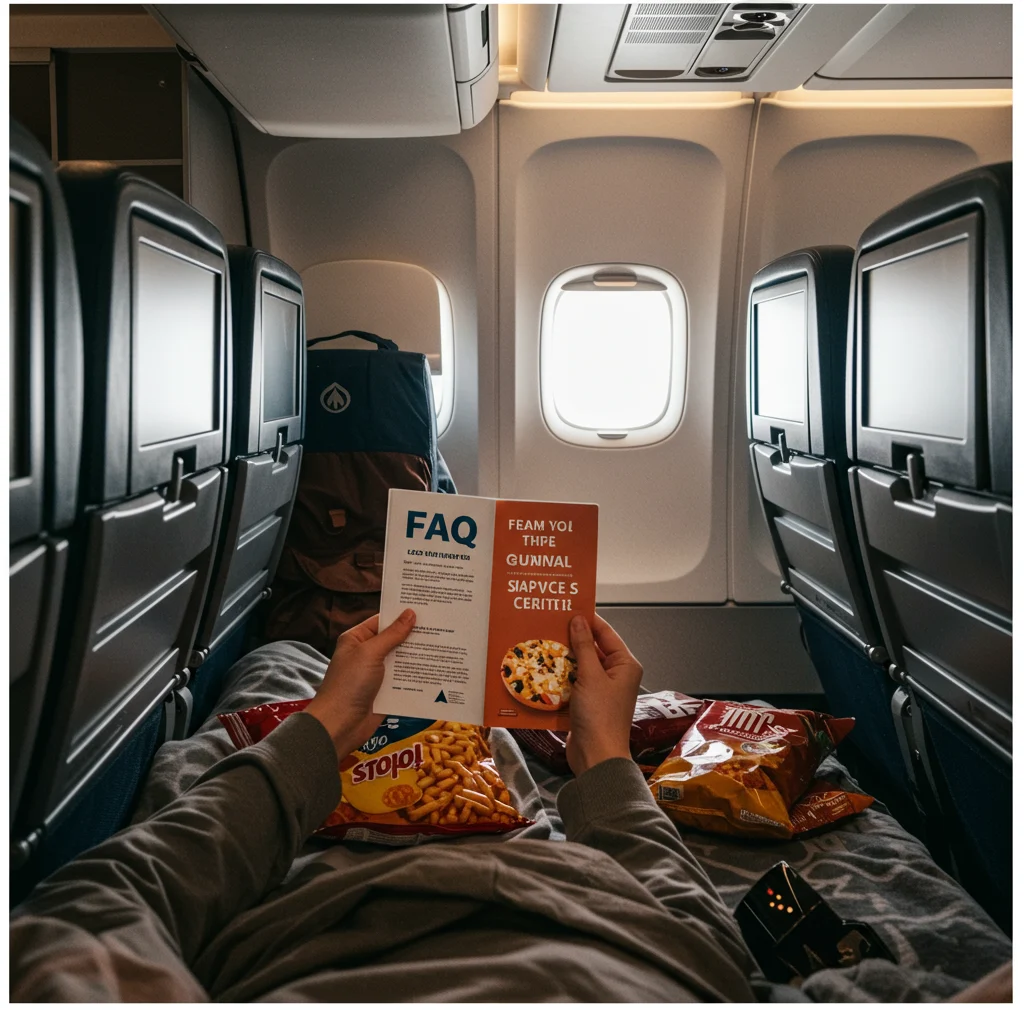
Q: What should I do if I feel unwell during the flight?
A: Notify the cabin crew immediately. They are trained to handle medical situations and can assist with basic care or connect with ground-based medical support if necessary.
Q: How can I avoid jet lag on overnight flights?
A: Adjust your sleep schedule before departure, stay hydrated, and seek natural light upon arrival. Melatonin or light therapy can also help recalibrate your internal clock.
Q: Are travel pillows worth bringing?
A: A high-quality travel pillow can significantly improve neck support and sleep quality, making it a worthwhile addition to your carry-on.
Q: How do I keep my devices charged during a long flight?
A: Bring a fully charged power bank and check if your seat has a USB or power outlet. Conserve device battery by dimming screens and closing unused apps.
How to Book on Viator
Once you have survived your long-haul journey and arrived at your destination, making the most of your trip is easy with Viator. This platform allows you to book activities, find tours, and plan your trip with confidence, whether you want a guided city tour, a culinary experience, or an outdoor adventure.

Simply visit Viator’s website, search for experiences at your destination, and reserve your spot in advance. This ensures you make the most of your time and avoid disappointment due to sold-out activities.
Conclusion: Your Ultimate Survival Checklist for Long Flights in Economy
With thoughtful preparation, practical strategies, and the right mindset, even the longest flight in economy class can be manageable—and sometimes even enjoyable. From smart packing and seat selection to staying nourished, hydrated, and well-rested, each step brings you closer to arriving refreshed and ready for adventure. For more expert travel tips and resources, Unisho offers a wealth of insights to support every stage of your journey. Start planning your next trip with confidence at Unisho.

Disclaimer: This information is accurate to the best of our knowledge; however, there may be changes or mistakes. Please verify exact details on the Viator booking page.

